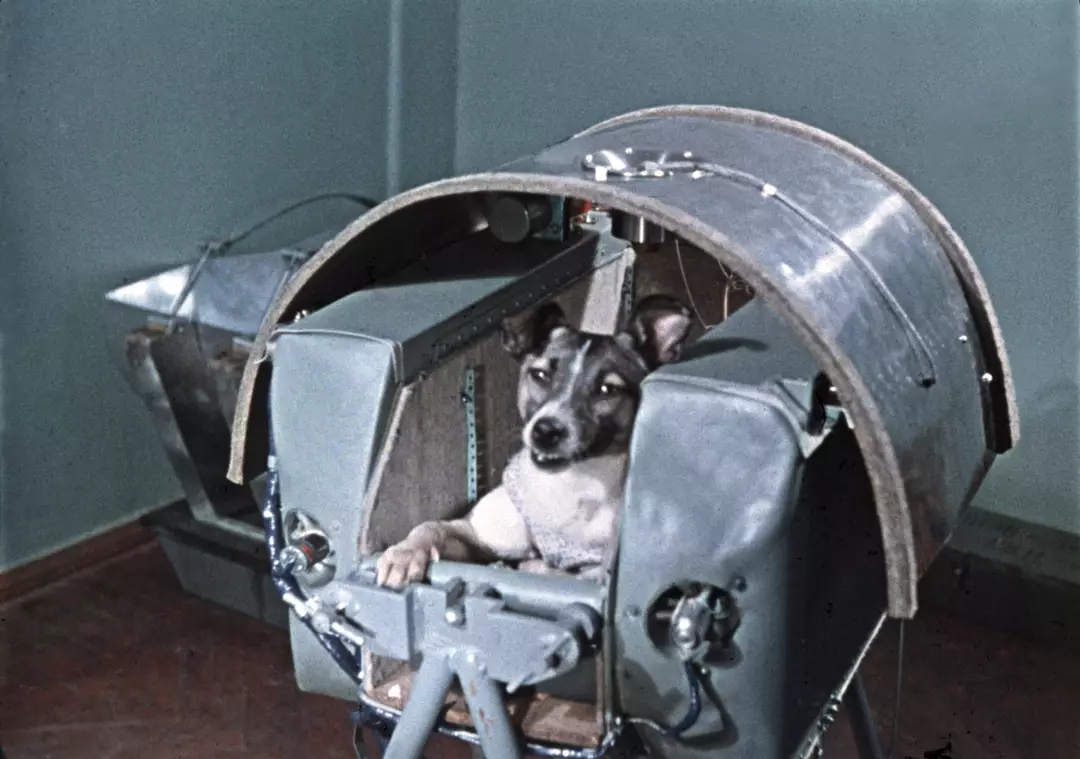Warning: This article contains content that may be upsetting to some readers.
Recently, people have become aware of a lesser-known and tragic aspect of the space race.
During the peak of the Cold War, the United States and the Soviet Union were locked in a fierce competition in the realm of space exploration, with both nations striving to achieve significant milestones.
From launching the first satellite to landing on the Moon, the space race became a symbol of ideological rivalry.
However, many of these achievements might not have been possible without the unfortunate sacrifice of one of the early space pioneers, though it might not be the name that usually comes to mind.
Prior to sending humans into space, a series of experiments involving animals were conducted.
This was done to ensure that the life support systems of spacecraft functioned effectively, as real space conditions differ greatly from those on Earth.

Using animals was considered a lesser loss for the space program compared to the potential loss of a human astronaut.
If an animal such as a dog or a monkey could survive the journey with the available equipment, it suggested that humans might also survive.
Sadly, this approach led to several animals having brief yet significant roles as astronauts.
This leads us to Laika the dog, whose original name was Kudryavka. She is one of the animals that contributed to these space exploration efforts.
Laika was launched into space aboard Sputnik 2 on November 3, 1957.
The purpose of Laika’s mission was to assess the viability of mammal survival in space, but the stray terrier mix was never intended to return to Earth.
During the launch, her heart rate reportedly tripled, only stabilizing once she reached a state of weightlessness.

Tragically, five to seven hours after the launch, Laika died due to stress and overheating.
The true tragedy of Laika’s story lies not only in her death but also in the fact that those who sent her into space had no plans for her safe return, fully aware that she would not survive.
Even if she had avoided overheating, she would have eventually suffocated after about 10 days as the oxygen supply ran out.
Engineer Yevgeniy Shabarov recounted Laika’s last moments on Earth: “After placing Laika in the container and before closing the hatch, we kissed her nose and wished her bon voyage, knowing that she would not survive the flight.”
Laika’s heartbreaking story has recently come to light for many, with one social media user commenting, “I cry whenever I am reminded of Laika. Her last moments being full of confusion, fear, and stress. No animal should ever have to endure this sort of thing.”
Another noted, “That’s disgusting and so cruel.”
Someone else remarked, “This broke my heart omg.”
Despite the tragic circumstances, Laika’s mission was considered a victory by the Soviet Union, as she became the first animal to orbit the Earth.

